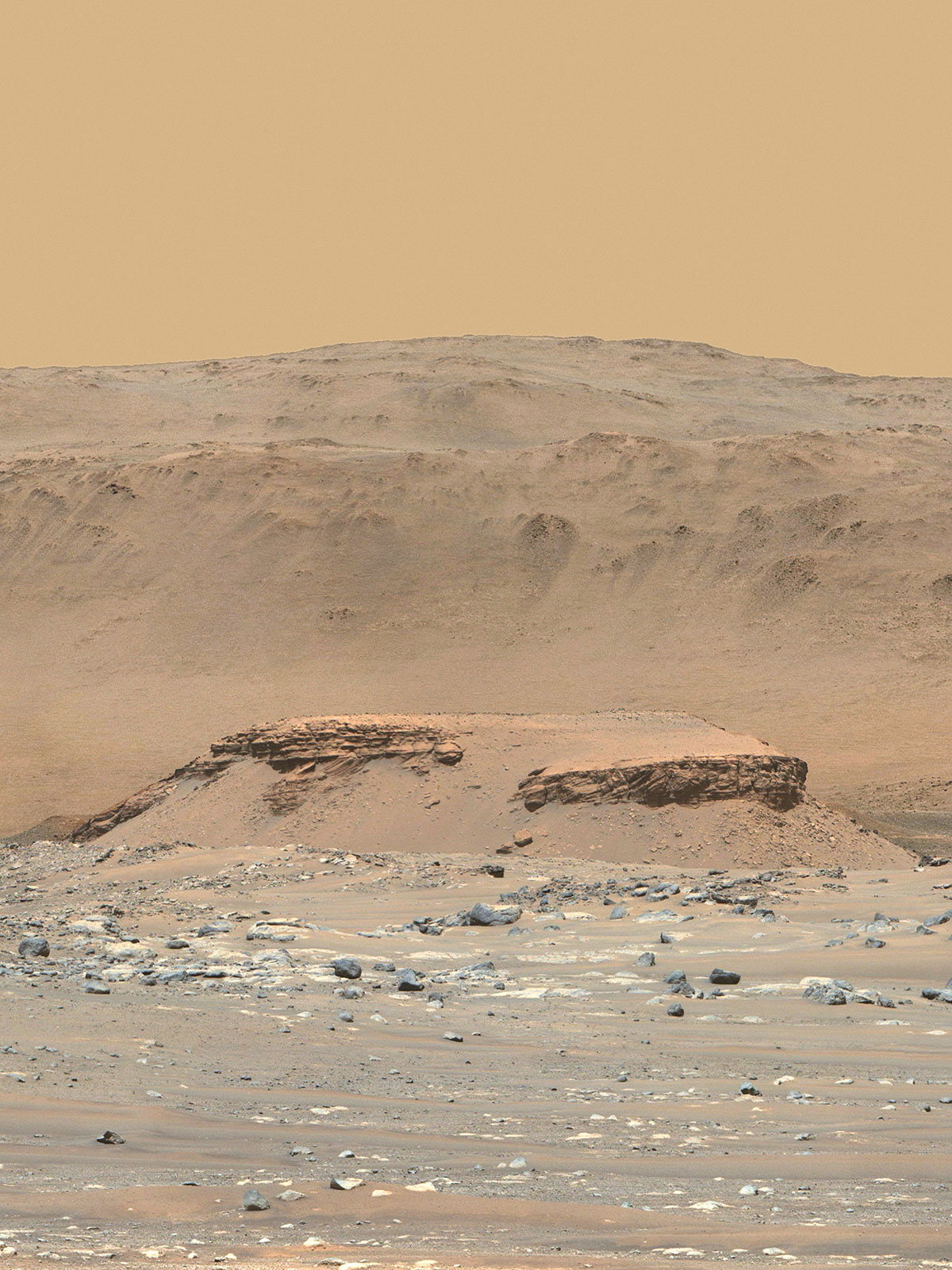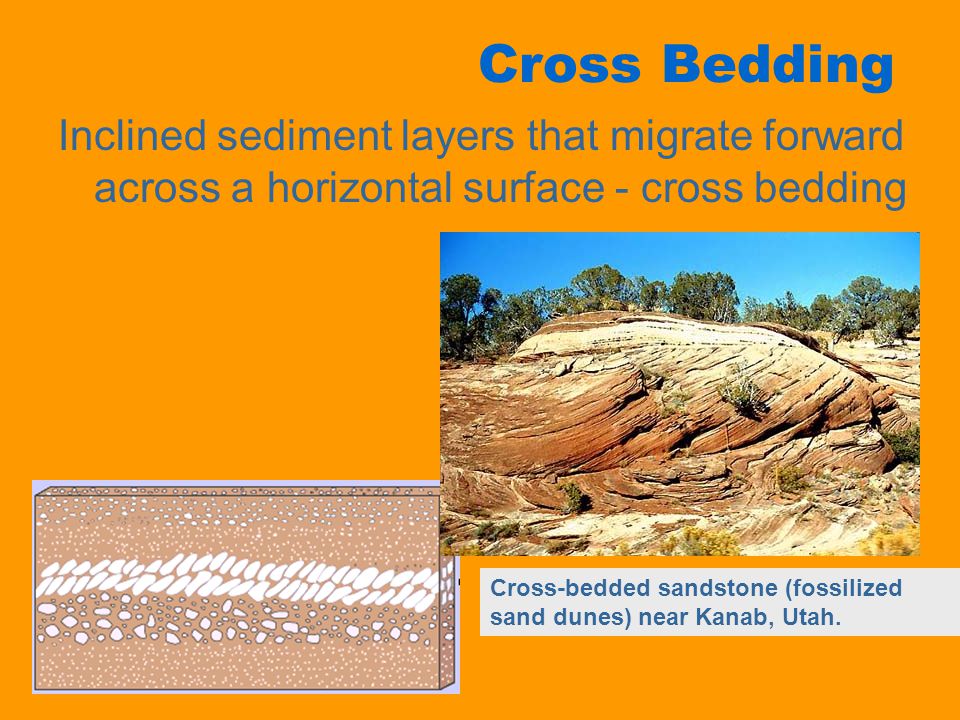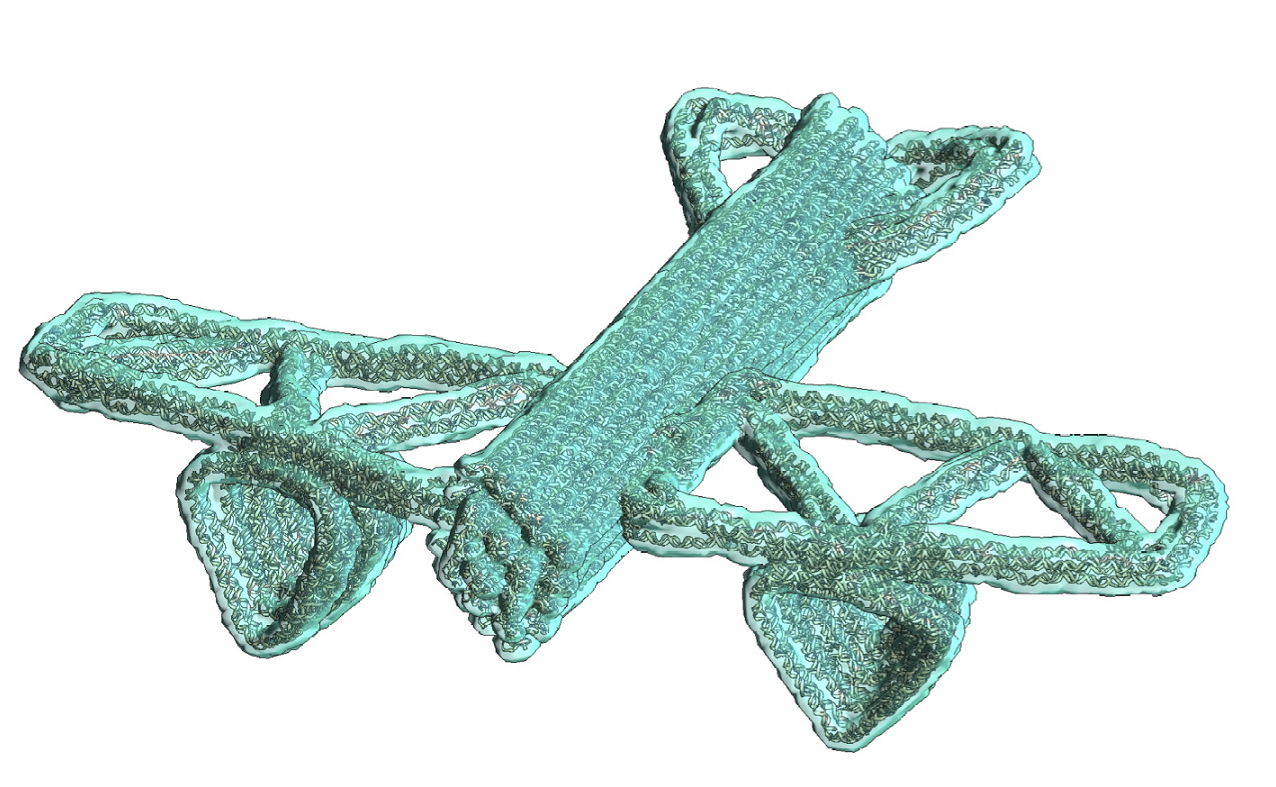I like to say, 'there is nothing hard about science except scale and terminology.' My friends often point out that I tend to be verbose when I do. However I stand by the claim, usually when verbosity gets in the way of teaching.
For example click-bait. We all hate it. I regret that I let myself get involved with writing such garbage for a time. Science Daily tends to avoid it to the extent market forces permit. Judging by this wonderful article, the market forces are quite formidable.
It's about bio-medicine, but invokes the term "nano-robot." Not quite hyperbole, and not quite a misrepresentation. But we are talking about DNA origami, not a glass and metal device.
Say you were in some future, fifty to a century. Would you call this stuff nano-robotic then? Or would it just be medicine. Probably the latter, and nano-robotics would mean something specific and different, whereas you can kind of say they overlap now.
And that's kind of the point I'm getting to. If you write fiction stuff in the future, do you try to immerse your audience by writing how they would talk, or how you think your audience will receive it? I think the second option is shallow and ultimately wrong. You never have full control on how someone else interprets things. But you can put a lot of depth into a writing by including some assumptions in it. If you lived on Ganymede, you would not want to call 'Luna', "The Moon," so if you only write Luna, it implies the context.
Setting that point aside though, this article linked above is something to ponder. It is another example of a trail-head, something emerging now that will be a big deal in the future. In Sweet it will be so eschewed so deeply that it wont be addressed in such click-baity terminology, but just casually implied leading one to be able to ponder all the prerequisites to get to there, from here.







